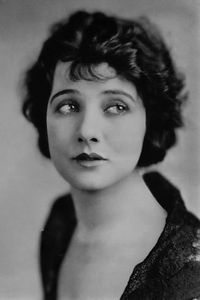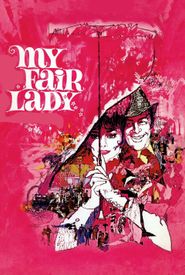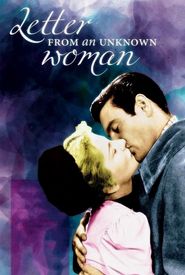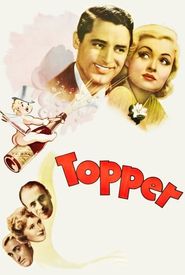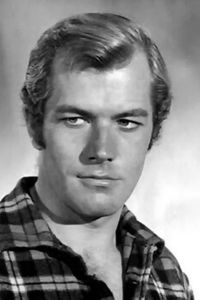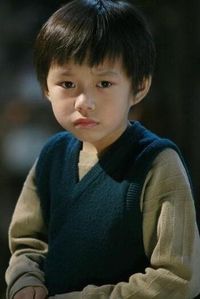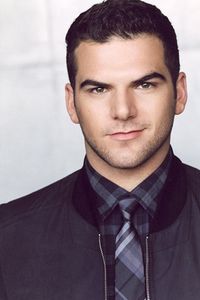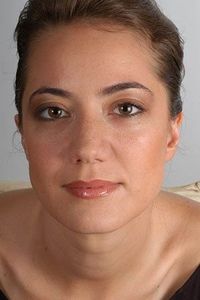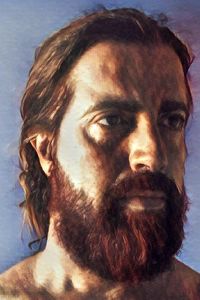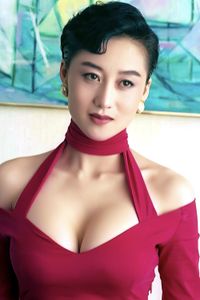Betty Blythe, a renowned brunette and buxom matinee idol, capitalized on the roaring twenties' fascination with exotic screen sirens, achieving a brief yet notable period of stardom.
Notoriously, she was one of the first actresses to appear nude or in various stages of undress on screen. Despite her provocative on-screen presence, Betty was a talented actress who had studied art in Paris and at USC, and had previously appeared on stage in traditional plays like "So Long Letty" in both London and New York.
In 1918, she joined a roommate on a visit to the Vitagraph Studio in Brooklyn, where she found immediate employment after a director needed a leading lady. Two years later, she traveled to Hollywood, where she was signed by Fox Studios as a replacement for Theda Bara and became the protégée of J. Gordon Edwards, grandfather of Blake Edwards, famous for the "Pink Panther" franchise.
Betty was eventually cast as the star of one of the most lavishly produced films of the decade, "The Queen of Sheba" (1921),directed by Edwards himself. She later recalled being given 28 costumes to wear, all of which would have fit comfortably into a shoe box. Unfortunately, only a few stills of the movie have survived, a fate shared by most of her other silent films.
Betty's career was put on hold when Edwards quarreled with Fox and left the studio. For a while, she freelanced, playing leads in films for lesser studios. She did have a couple of hits in England with "Chu-Chin-Chow" (1923) and "She" (1925),as well as doing theatrical work, which helped her to smoothly make the transition from silent to talking pictures.
By the time public tastes had changed and Betty had aged sufficiently to be classified as a character actress, she persisted and appeared in supporting roles in many an A-grade production. Her swan song was a small role in the ballroom scene of "My Fair Lady" (1964).
